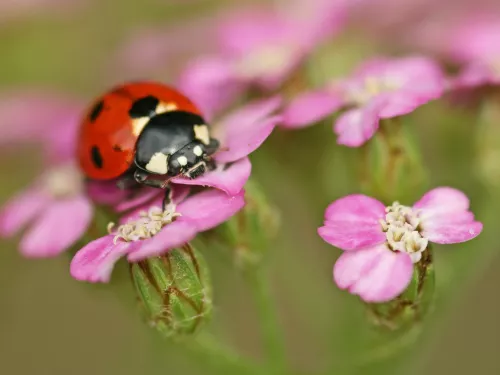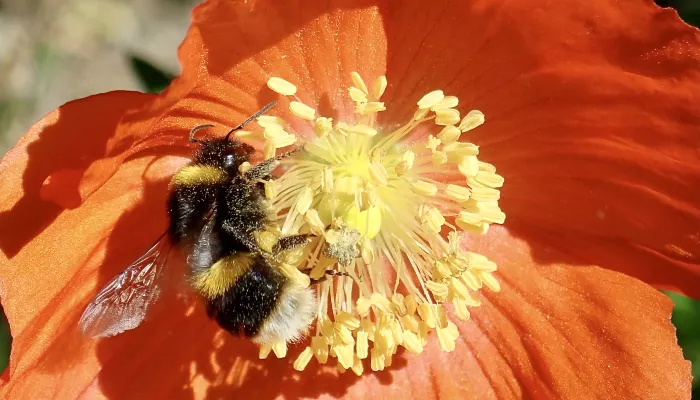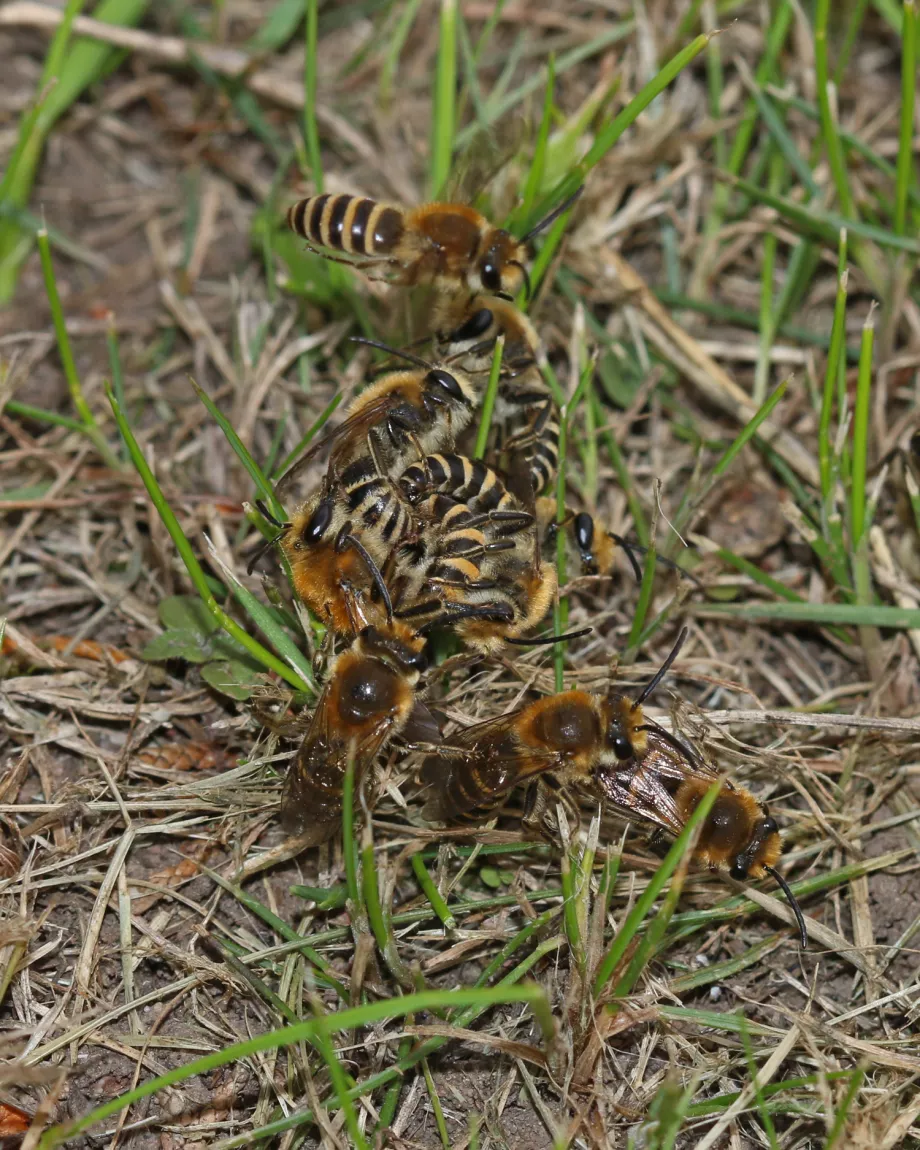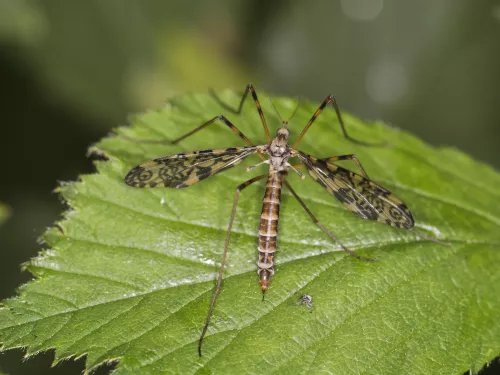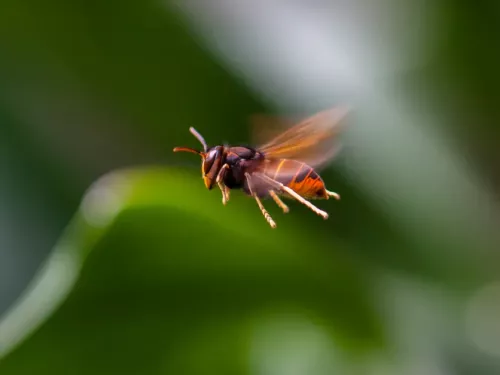Stage 2: Peak season
Most insect pollinators synchronise their life cycle with the preferred food source either of the adults in flight or of the hatching eggs transforming into hungry larvae. Dependent on the insect, the peak season is when there is the greatest food abundance, which might be pollen or nectar from plants for adults, but can also be other insects such as aphids and grubs for pollinator larvae such as wasps, beetles and hoverflies. While the adult flight times vary from species to species depending on their preferred food source, the busiest feeding times for adults and larvae are spring and summer.
The larvae feeding preferences of one group of fascinating pollinators, the hoverflies, is very diverse. Some have adapted to aquatic life - eating all kinds of decaying materials in water. In order to breathe, they develop a long pipe at the rear end of the body, which they stick into the air, which is why these hoverfly larvae are named rat-tailed maggots. Other hoverfly larvae hunt for plant lice or aphids, and some live within decaying wood, or sap runs on live trees. Providing a range of stagnant water, decaying plant material and trees, for hoverfly larve, as well as a diverse range of flowering plants for the flying adults, will support a wide range of these beautiful pollinators.
